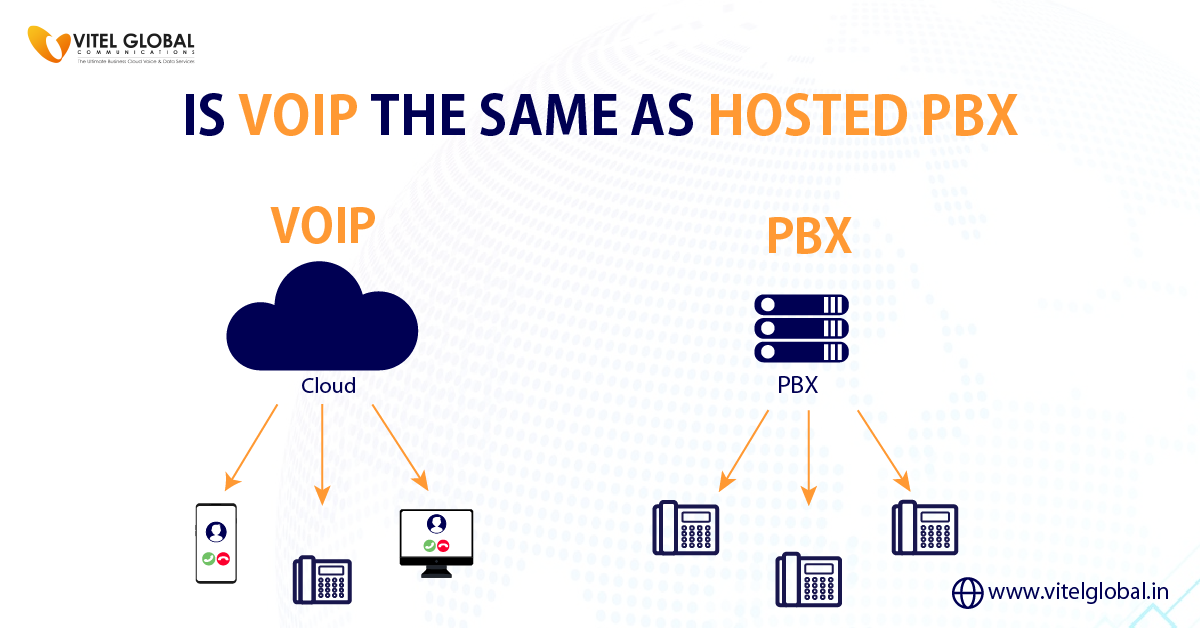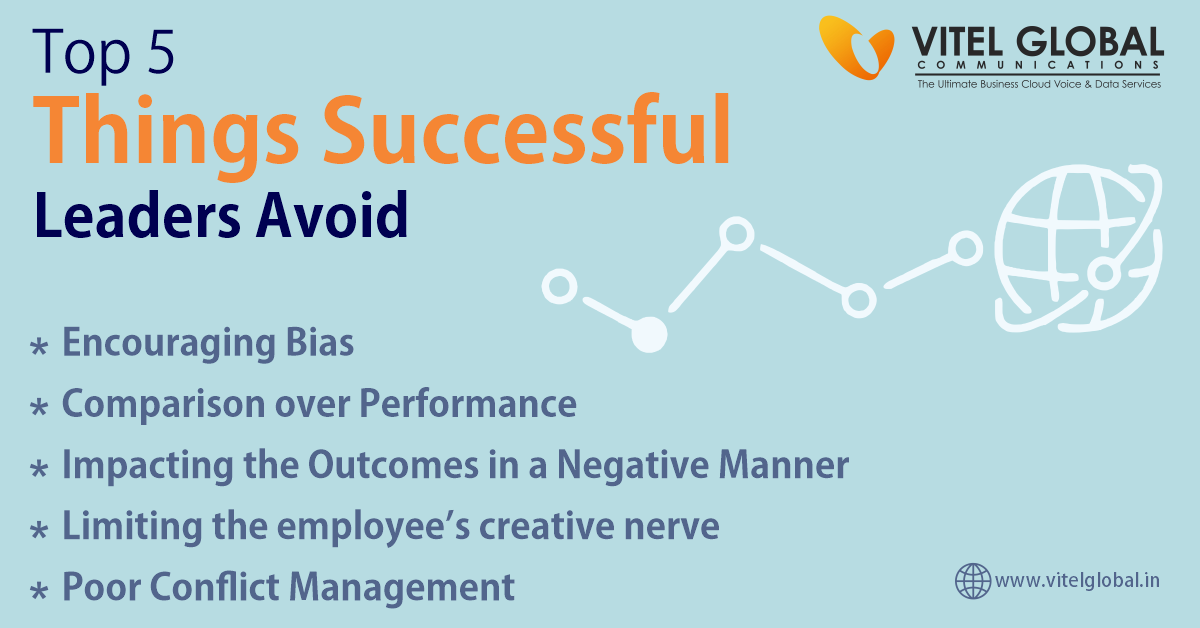Every employee has a feeling of belonging and receives fair treatment, and equal opportunity to develop and contribute in an Inclusive Workplace environment. Inclusion refers to an organization’s efforts, policies, and practices to guarantee. Various groups or individuals from various backgrounds accept and incorporate into the work environment on a social and cultural level. A company that prioritizes diversity and inclusion will have an expanded workforce. That represents the society in which it conducts business.
This concept shows that an inclusive workplace supports diversity and recognizes its value in the company’s structure. These businesses don’t act like everyone has an equal opportunity or a fair playing field. Instead, they take responsibility for providing equal chances to everyone while recognizing distinctions and structural differentiation.
The Value of Promoting Inclusion at Work
Companies may establish an inclusive atmosphere where each person can offer unique ideas and abilities by encouraging a diverse and Integrative workforce. Diverse perspectives are encouraged in this environment, which serves as a center for creativity and problem-solving.
Diverse teams working in welcoming environments advance the organization by tackling problems from a wider angle. An inclusive workplace also reflects the variety of the market, which improves the ability of the business to interact with a wide range of clientele. Inclusion is a practical approach that supports organizational success rather than just an ethical one.
Effects of Inclusion on Engagement and Persistence in Workplace
Numerous organizations dedicate time, money, and resources to creating an Integrative environment every year, and interest in this goal is growing. Can inclusion improve retention and engagement, given that today’s executives and talent indicate they see it as a commercial necessity and essential element of organizational culture?
An integral part of talent strategy, cultivating this culture may lead to more creativity, productivity, and innovation, and it frequently starts at the top. A supportive environment can also promote a healthier lifestyle for individuals by reducing stress and improving their general well-being. Most respondents agreed that everyone had a role to play in fostering inclusivity. Senior management, their immediate supervisors, their teammates, and themselves for development. The tone that senior executives establish can have a significant impact on the work environment. And the loyalty of employees to their companies.
Mental Health Matters: Supporting Employee Well-Being in the Workplace
Benefits of an Inclusive Work Environment
Fostering inclusiveness in the work environment offers numerous advantages. It boosts employee engagement and satisfaction, stimulates innovation, and enhances decision-making by incorporating diverse perspectives. In addition, it attracts top talent, expands market reach, and ensures legal compliance. And risk mitigation, making it a vital component of a successful, forward-thinking organization. Let’s focus our attention on the advantages of nurturing an environment.
Increased Productivity and Employee Engagement
The sense of belonging that an inclusive workplace generates increases employee engagement and productivity. Employees are more likely to be invested in the success of the company. And inspired to give their best work when they feel valued and included.
Increased Innovation and Creativity
Employees are more likely to feel able to express their ideas and opinions. When they believe that their distinctive perspectives and experiences are acknowledged and respected. An environment of openness and creativity promotes nurturing an environment. And this can result in more innovation and problem-solving.
An inclusive workplace can generate new and creative ideas that might not have been considered, otherwise, by fostering varied perspectives and teamwork. This might give the company a competitive edge and boost its standing as a pioneer in the field.
Less Expensive Turnover and Higher Retention Rates
The key to developing a healthy staff is to foster an atmosphere where workers feel genuinely appreciated and included. Imagine having a team that is devoted to the principles and objectives of your organization. This not only encourages a steady and effective workforce, but also saves money by lowering turnover and the need for ongoing hiring and training.
Long-term investments in your employees’ happiness and well-being pay off, increasing profitability. And building a team that is dedicated to the success of the firm.
Compliance and Risk Mitigation
Nurturing an environment can help organizations meet legal requirements and mitigate risks associated with discrimination and harassment. It can also reduce the likelihood of costly legal disputes.
Innovation and Creativity
Innovation is brought about by diversity of thinking and experience. Integrative cultures value the unique perspectives that each employee brings to the table. Leading to the generation of more creative ideas and problem-solving approaches.
The Best Practices to Create an Inclusive Workplace Culture
Organizational success and employee satisfaction will increase if the work environment is changed to prioritize diversity and inclusion. Here are some Best Practices in the workplace to create an integrative climate.
Teach and Train
Education is the foundation of transformation; frequently train your workers in diversity and inclusion to remove previous views and inform them of the importance of a positive workplace culture.
Launch an Open Discussion
Encourage a culture where workers feel free to express their experiences and viewpoints. An open conversation helps a diverse team understand one another and work together by preventing workplace communication failures.
Become an Integrative Leader
Leaders are essential in establishing these cultures. Use leadership techniques that respect each member’s opinion, seek it out, and account for workplace diversity at all levels. For instance, participative leadership promotes employee participation in decision-making.
Create Flexible Rules
To accommodate various lifestyles and demands, create rules geared towards a varied workforce, such as flexible working hours and locations. Many businesses also prefer to monitor output and productivity rather than the time employees spend sitting down.
Establishing Feedback Mechanisms
Create systems for gathering and acting on employee suggestions about ways to make the work environment more Integrative. It’s a means to continuously learn, develop, and give workers a sense of voice and value.
Establish a Barrier-Free Environment
To really embrace the inclusion ideal, make sure the work environment is accessible to everyone, including people with impairments. Building this environment involves many changes, from physical ones like ramps and lifts to digital ones like screen readers.
Regular Feedback and Surveys
Seek feedback from employees about the inclusivity of the work environment. Conduct surveys and focus groups to understand their experiences and gather suggestions for improvement.
Employee Resource Groups
Encourage the formation of employee resource groups (ERGs) where employees from different backgrounds can come together to share experiences, promote understanding, and offer support.
Conclusion
To build and maintain an inclusive workplace, organizations must prioritize leadership commitment, diversity training, hiring practices, and other best practices. That promotes equity, respect, and equal opportunity for all employees. By fostering an Integrative culture, organizations can create a work environment where everyone feels valued, empowered, and able to contribute their best to the company’s success.





